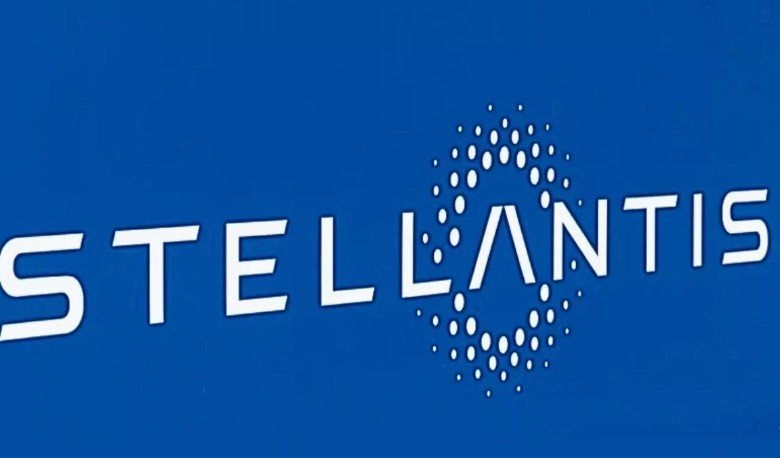Stellantis, the world’s fourth-largest automaker, has recently announced that it will cut over 500 supplemental workers from its U.S. plants, citing a lack of work and a need to improve efficiency and competitiveness. This decision has sparked outrage and criticism from the United Auto Workers (UAW) union, which represents the affected workers. However, some rank-and-file members have also questioned the role of the union leadership in failing to protect the workers’ interests and rights.

The Plight of the Supplemental Workers
Supplemental workers, also known as temporary part-time (TPT) workers, are a category of employees that Stellantis hires before offering them full-time positions. These workers receive less pay, benefits, and job security than their full-time counterparts. They also have to endure inconsistent work schedules, frequent layoffs, and harsh performance evaluations.
According to the UAW, there are about 5,219 supplemental workers employed by Stellantis across the U.S. In December 2023, the company informed 1,225 workers in Toledo, Ohio, and another 2,455 at a Mack plant in Detroit that they could face layoffs in February 2024. The company also said that it would only transition about 1,957 of them to full-time status and terminate the rest based on seniority and performance.
On January 15, 2024, Stellantis confirmed that it had cut 539 supplemental workers and that they would not be eligible for unemployment benefits. The company justified this action by saying that it was part of its Dare Forward 2030 strategic plan, which aims to achieve carbon net zero by 2038 and invest in electric vehicles.
The Response of the UAW
The UAW, which represents about 400,000 workers in the auto industry, has condemned Stellantis’s layoffs as unnecessary and unfair. The union’s president, Shawn Fain, said in a live-streamed event with union members on January 18 that the company had chosen to “line executive and shareholder pockets” rather than retain employees. He also said that the union would fight to get the workers back to work and to secure their full-time status.
However, some rank-and-file members have expressed dissatisfaction and distrust with the union leadership, accusing them of being too cozy with the company and not doing enough to defend the workers’ rights and demands. They have pointed out that the union had agreed to a contentious tentative agreement with Stellantis in September 2023, after a six-week strike that involved all three major auto companies: General Motors, Ford, and Stellantis. The agreement, which did not have complete approval by all members, did not address the issues of supplemental workers, such as their pay, benefits, and job security.
One active UAW member, Brian Keller, recorded a live stream of himself on Facebook, commenting on the announced layoffs and the lack of initiative from the union. He said, “The [tentative agreement] was divisive. It didn’t go far enough. It didn’t meet the needs.” He also called for the rank and file to organize independently from the bureaucracy and to form strike committees that are self-organized and democratically elected.
The Need for Worker Self-Organization
Stellantis’s layoffs underscore the need for workers to self-organize and challenge the power of corporations and the union bureaucracy. The workers cannot rely on the union leadership, which has shown itself to be compromised and ineffective, to represent their interests and demands. The workers need to take matters into their own hands and form organizations that are independent, democratic, and militant.
Worker self-organization is not a new concept. It has a long and rich history in the labor movement, especially in the auto industry. For example, in the 1930s, the workers at General Motors staged a series of sit-down strikes that paralyzed the company and forced it to recognize the UAW as their bargaining agent. The strikes were organized by the workers themselves, without the approval or support of the union leadership, which was afraid of losing control and influence.
Worker self-organization is also a necessary step to challenge the system of capitalism, which exploits and oppresses the workers for the benefit of the bosses and the shareholders. Capitalism is the root cause of the problems that workers face, such as low wages, poor working conditions, layoffs, and environmental degradation. The workers need to unite and fight for a socialist alternative, where the means of production are owned and controlled by the workers themselves and where the economy is planned and managed democratically to meet the needs of the people and the planet.






